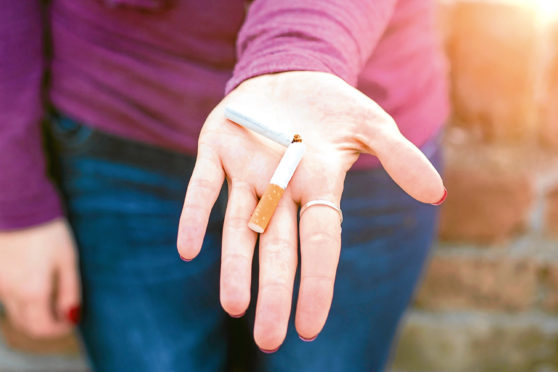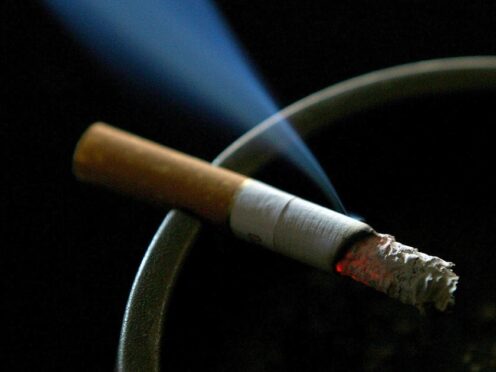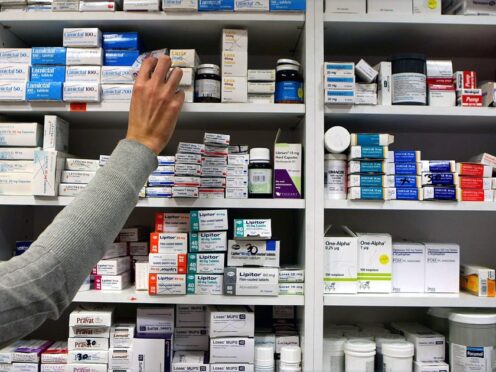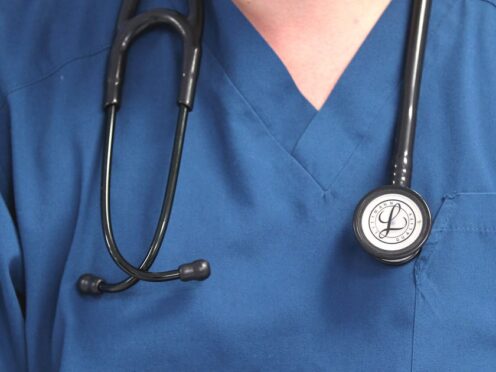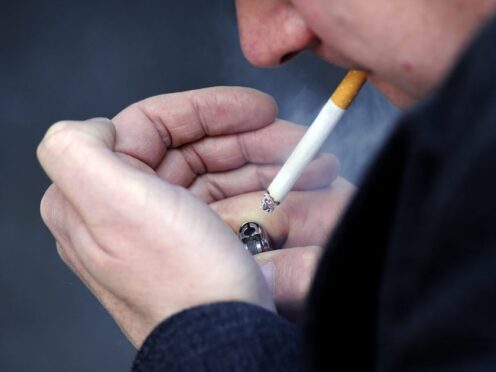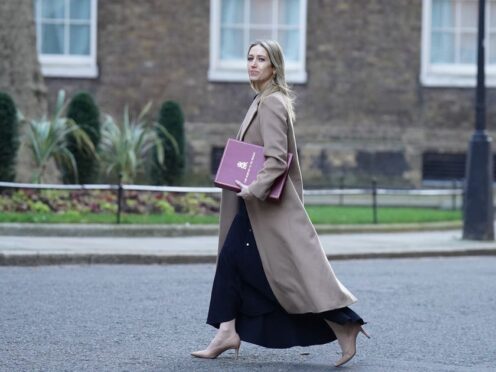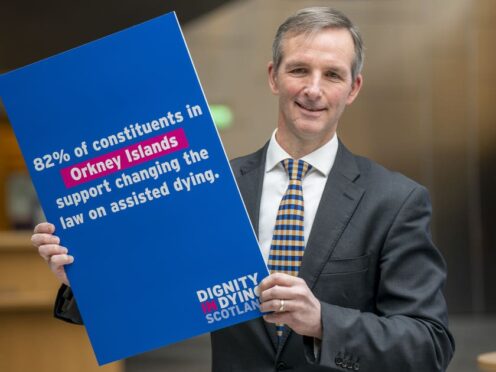Strokes might be something we tend to associate most with older generations, but new figures are painting a different story – and quite an alarming one.
The average age of suffering a first stroke has fallen fairly rapidly over the past decade, with more than a third of first-time strokes now happening in people aged between 40 and 69.
To make matters worse, many middle-aged people aren’t even aware they could be at risk, or of the warning signs to look out for.
As a result, the Act FAST campaign has just been relaunched, to remind people of all ages to be aware of stroke symptoms, and call 999 urgently at the first signs.
“Strokes still claim thousands of lives each year, so the message of this campaign remains as relevant as ever,” says Steve Brine MP, parliamentary under secretary of state for public health and primary care.
“The faster you act, the greater the chance of a good recovery.”
LEADING CAUSE OF DISABILITY
Strokes are a very serious, life-threatening medical condition that happen when blood supply to part of the brain is cut off – either due to a blockage in an artery (ischaemic stroke), or a leaking or burst blood vessel (hemorrhagic stroke).
When it comes to spotting the signs and getting help, time is crucial. No matter your age, experts stress that urgent medical action is always required in the event of a stroke, and the sooner a person receives treatment, the less damage is likely to happen.
Around 1.9million nerve cells in the brain are lost every minute that a stroke is left untreated, which can result in slurred speech and paralysis.
Stroke is a leading cause of long-term disability, in fact. The Stroke Association’s latest ‘State of the Nation’ report found that in the UK, almost two-thirds (65%) of stroke survivors leave hospital with some degree of disability; around three-quarters have arm or leg weakness, while 60% have visual problems, and about half have difficulty swallowing and loss of bladder control, among other things.
“We must remember stroke can hit at any age,” says Brine. “I’d urge everybody to familiarise themselves with the signs of a stroke and be ready to act fast.”
HOW TO SPOT THE SIGNS
The FAST (Face, Arms, Speech, Time) acronym has featured in stroke awareness campaigns for a number of years now, and is a simple way to help people identify the most common warning signs. If you think someone might be having a stroke, look out for the following:
FACE – has their face fallen on one side? Can they smile?
ARMS – can they raise both their arms and keep them there?
SPEECH – is their speech slurred?
TIME – time to call 999
“Calling 999 as soon as you see even one of the symptoms develop – in the face, arms and speech – is essential,” says Tony Rudd, national clinical director for stroke with NHS England and stroke physician at Guy’s and St Thomas’ NHS Foundation Trust.
“Every minute counts and knowing when to call 999 will make a significant difference to someone’s recovery and rehabilitation.”
CUT YOUR RISK OF STROKE WITH HEALTHY LIFESTYLE TWEAKS
Thankfully, strokes are often preventable, and adopting some healthy lifestyle tweaks can make a significant difference to your long-term risk of suffering one. If you’ve had a stroke in the past, these measures are particularly important, because your risk of having another stroke is greatly increased. Addressing these five key lifestyle factors could help ward off stroke…
MAINTAIN A HEALTHY WEIGHT AND DIET
Research shows that being obese increases your chances of having a stroke related to a blood clot by 64%, so taking sensible steps to maintain a healthy weight range is important. Eat a balanced diet packed with plenty of fruit and veg, and enjoy treats and high-fat foods in moderation. If you’re overweight, even small changes to your eating habits, such as eating smaller portions, can help – research has found that losing as little as 10 pounds can have a big impact on your risk.
QUIT SMOKING
As well as being bad for your wallet and your lungs, smoking significantly increases your risk of a stroke. This is because cigarettes damage the lining of your arteries, increasing the chance of a blood clot and raising your blood pressure. In fact, studies have found that a smoker with high blood pressure is 15 times more likely to have a subarachnoid haemorrhage (which account for around one in every 20 strokes in the UK) than those who’ve never smoked.
CUT DOWN ON BOOZE
Alcohol contributes to a number of conditions that can increase your risk of stroke, so it’s important not to drink more than the recommended limit on a regular basis. Official guidelines recommend no more than 14 units a week (visit drinkaware.co.uk to see exactly what this means), to be spread throughout the week – not all consumed at the weekend! A study published in the journal Stroke found that people who average more than two drinks a day have a 34% higher risk of stroke, compared to those whose daily average amounts to less than half a drink.
CUT DOWN ON SALT
Too much salt is the biggest single cause of high blood pressure in the UK – and high blood pressure is a leading cause of stroke. Official guidelines suggest adults should consume no more than six grams of salt per day, but the trouble is, much of the salt we consume is ‘hidden’ in processed foods like sauces, bread, cereals and takeaways. So if you’re also sprinkling salt on your meals, you could be consuming way too much.
GET PLENTY OF EXERCISE
Decreasing your chance of having a stroke could be as simple as going for a gentle daily jog or walk, or making more of your gym membership. Research from Stroke Association shows that regular, moderate exercise can reduce your risk of stroke by 27% – and every little helps. If you can manage it, aim to do at least 30 minutes of moderate physical activity, five or more times a week – but any form of movement is better than none. If you’re not a fan of the gym, try to find an outdoor hobby you enjoy, as you’ll be more likely to stick with it in the long term.
